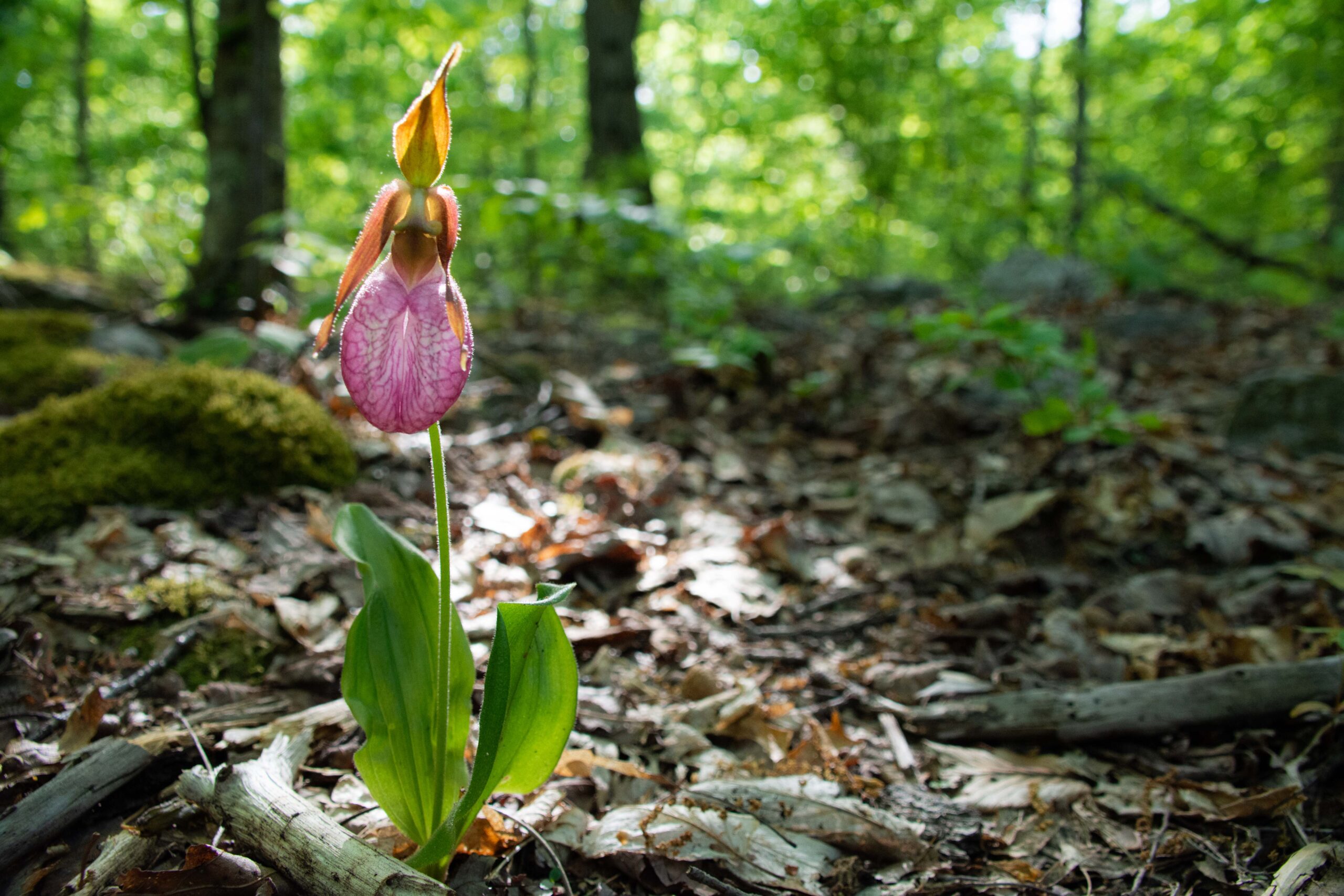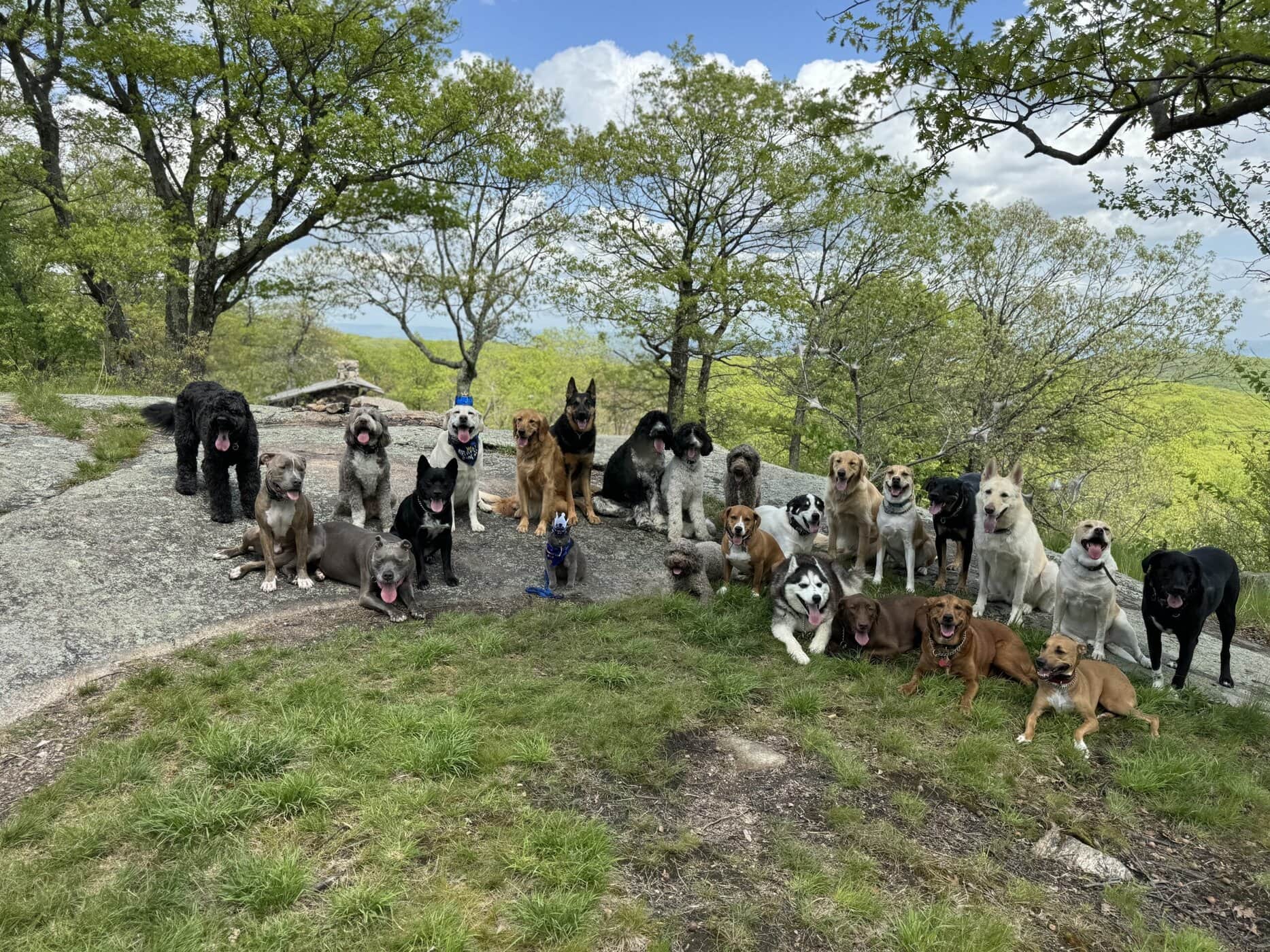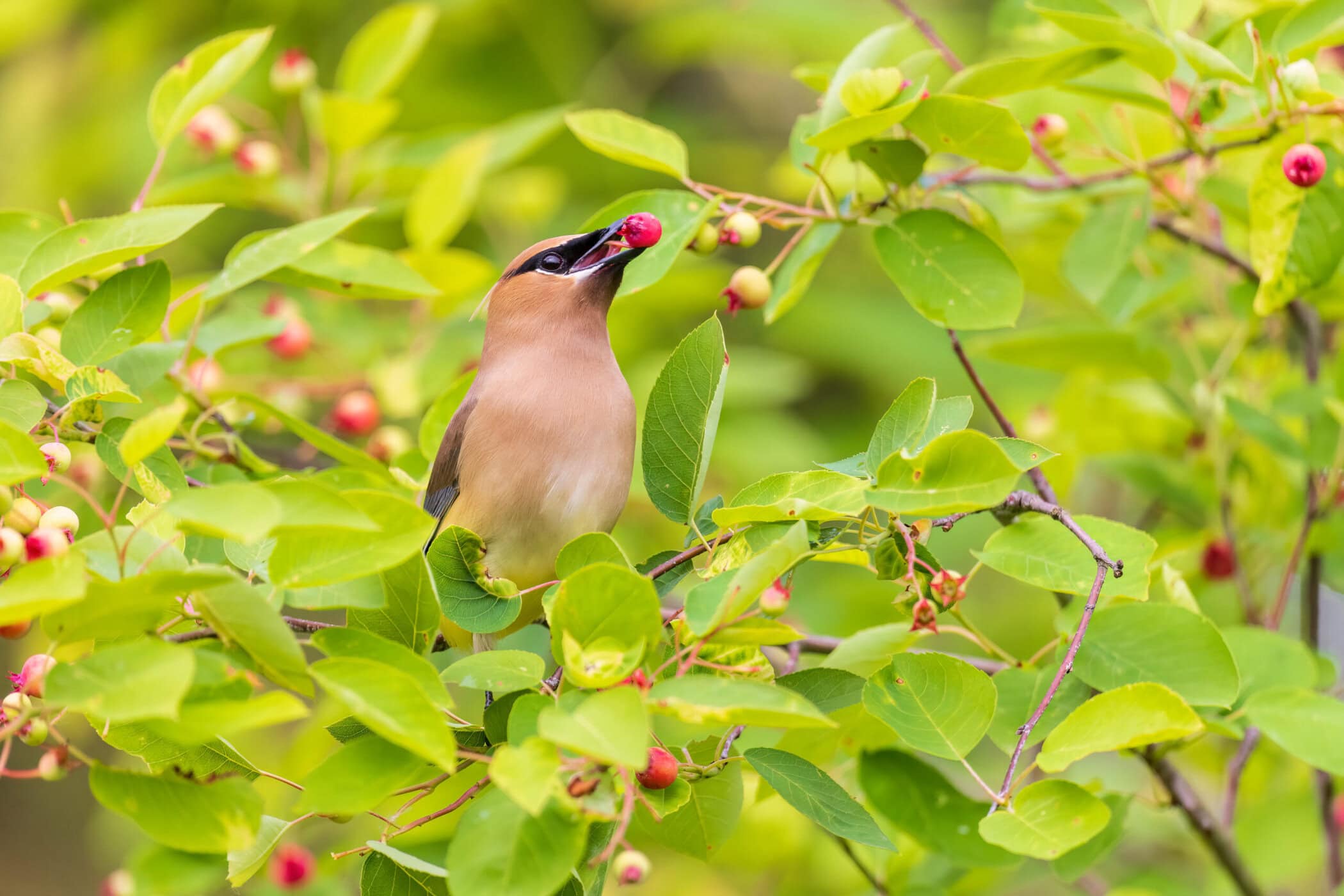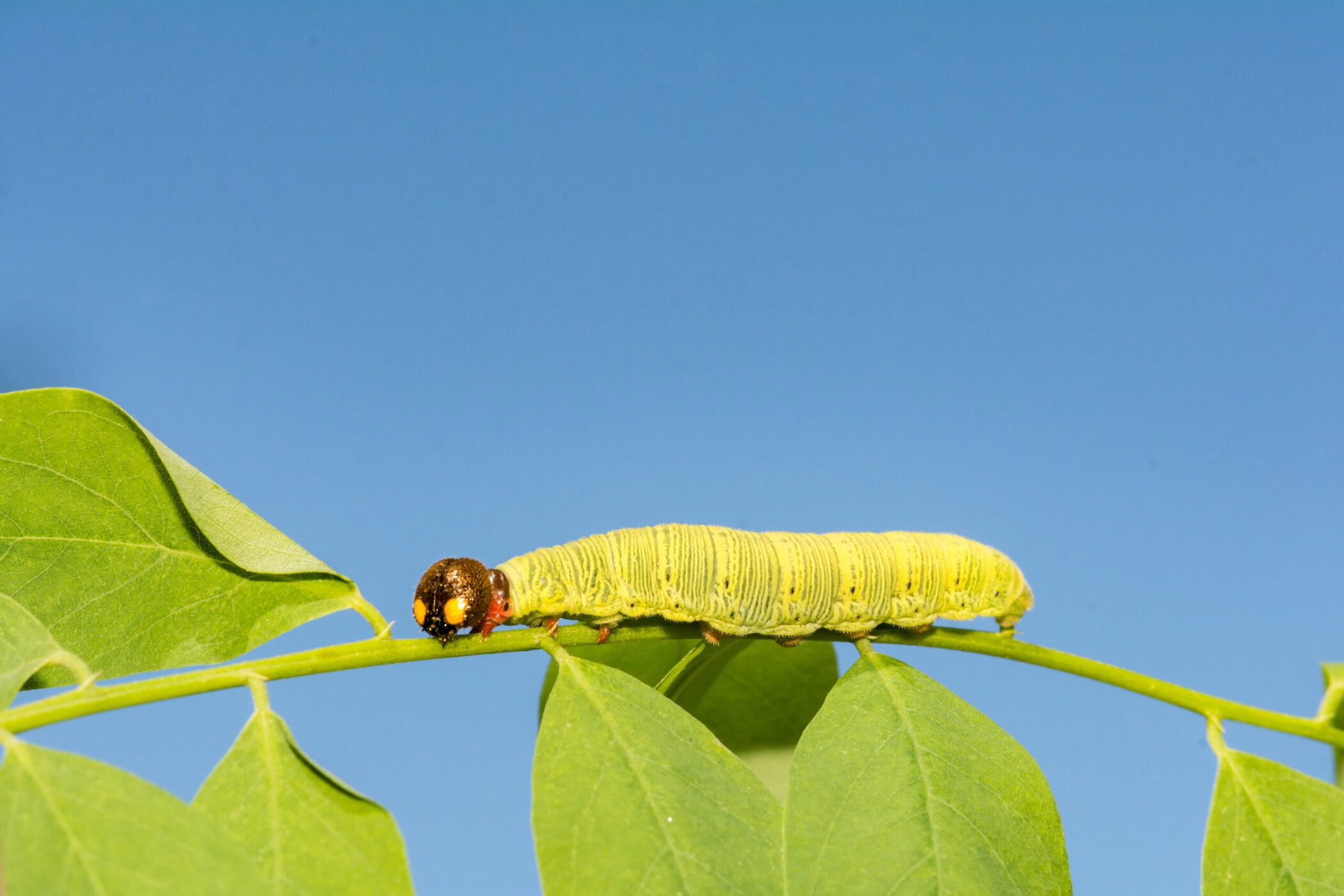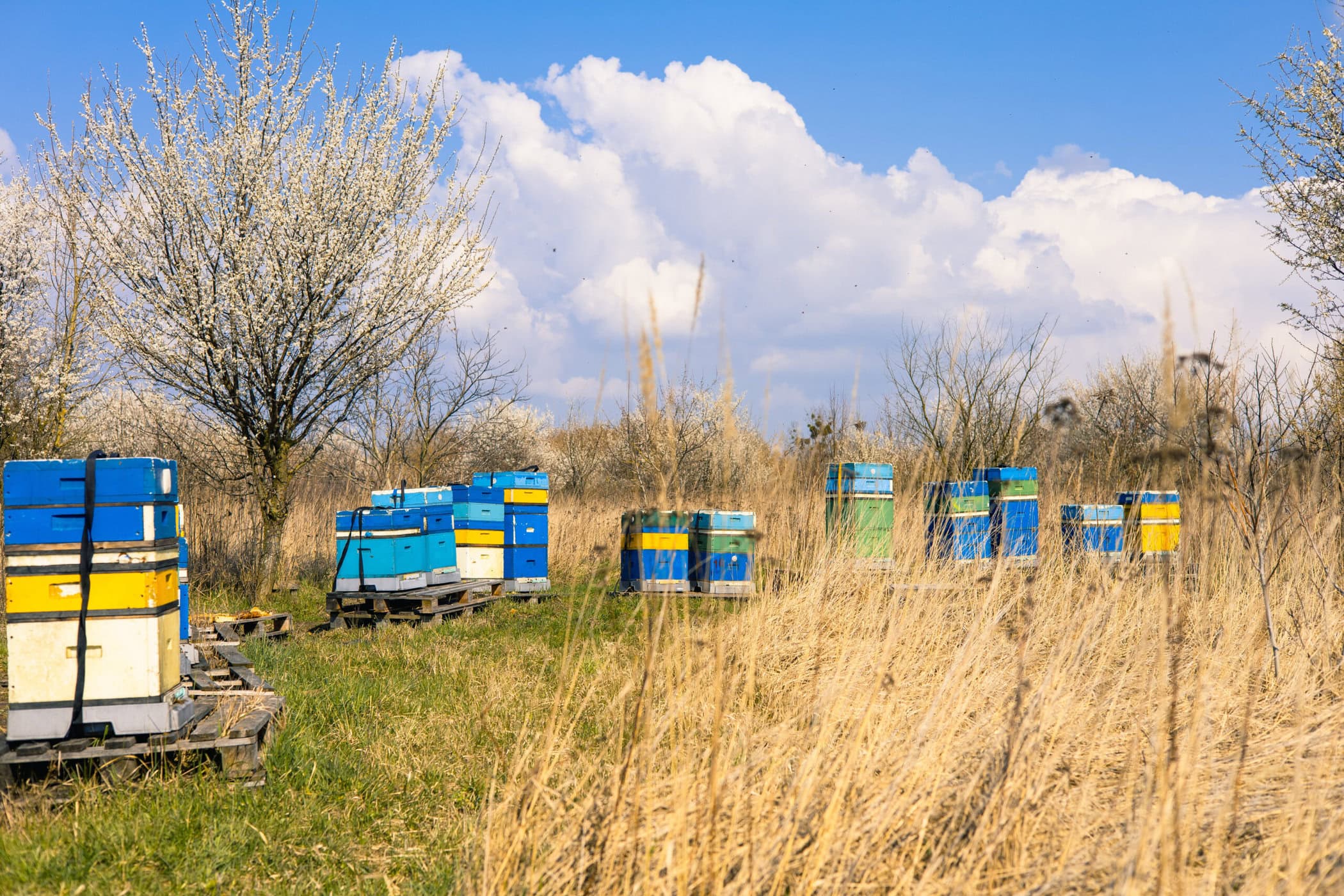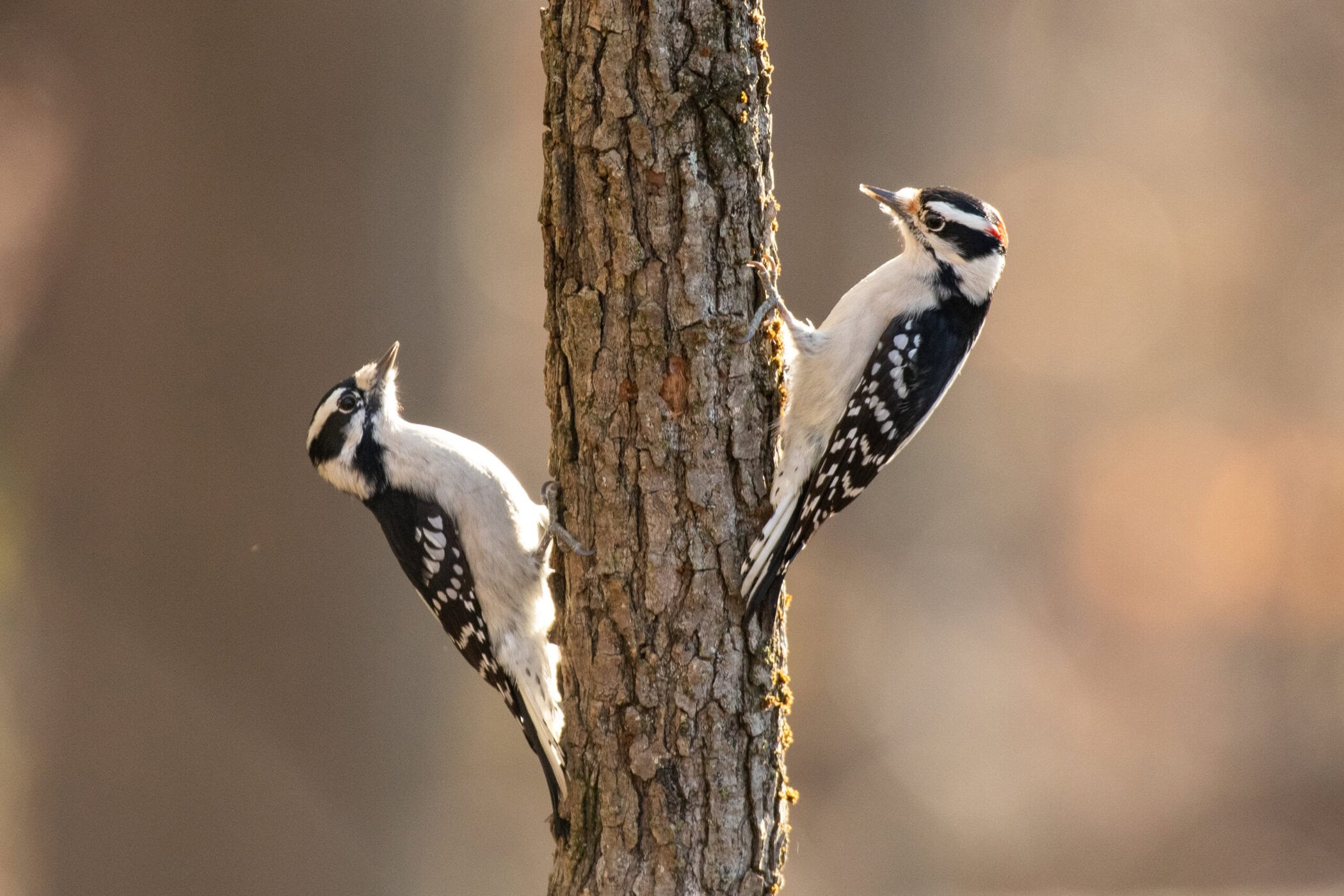Northern cardinals have become a familiar and welcome sight to New Yorkers, particularly here in the Hudson Valley. The iconic scarlet males and rosy-beaked females bring color to the region’s yards, parks, and forests during the coldest and iciest months.
The thing is, this seeming winter constant is a comparative newbie to local lands. Turns out cardinals are a relatively new phenomenon in the Northeast United States. Another shocker: They really are a different shade in big cities than small towns. Here are more surprises about the redbirds you thought you knew.
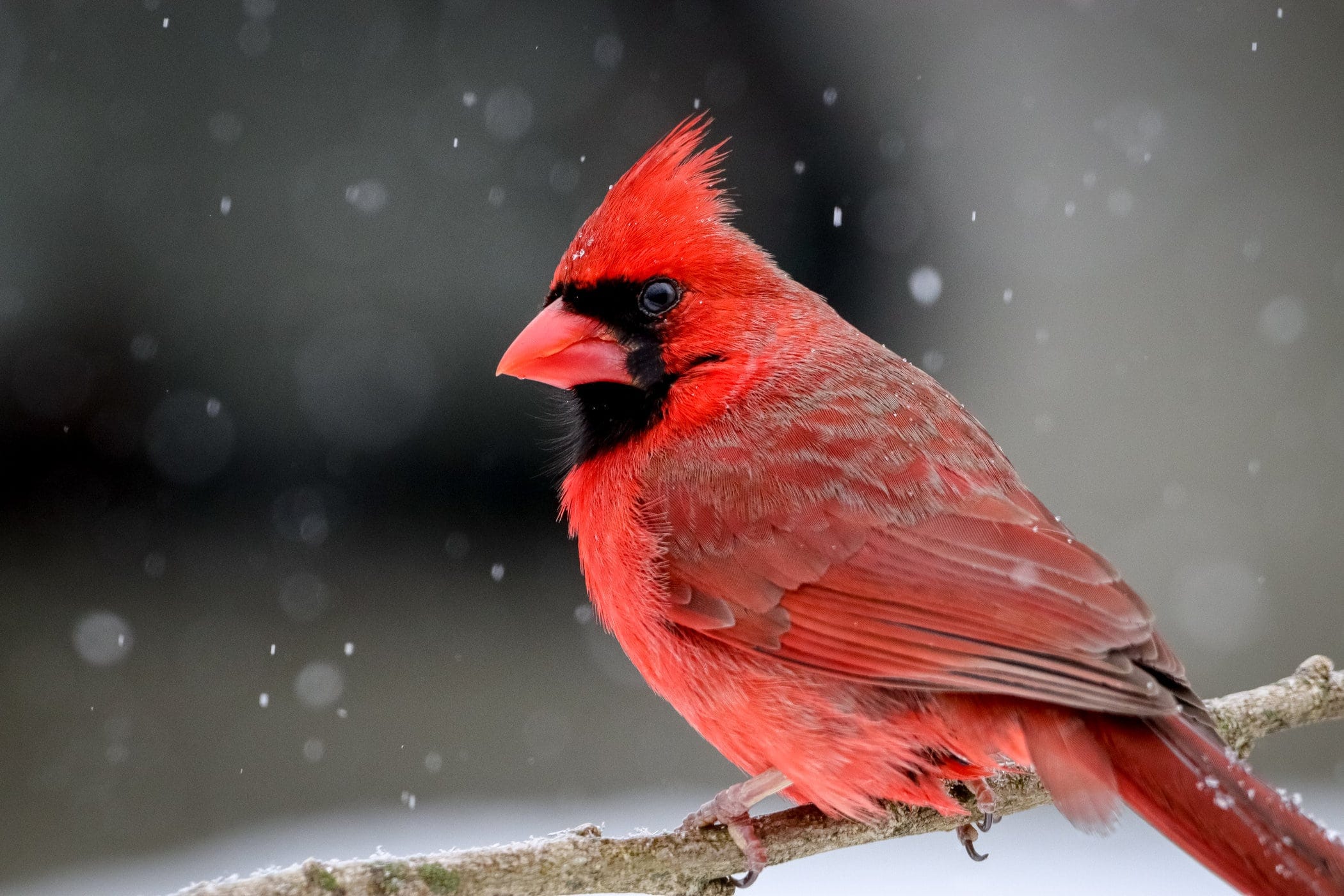
Northern Cardinals are recent residents
How new is new? Well, cardinals have only been in our area for about 60 years. The first Northern cardinal nest in the Northeast was documented in Wellesley, Mass., in 1960. The nest failed, but a successful Northern cardinal nest was established the very next year in the same location.
“Cardinals actually have not been in the Northeast for time immemorial,” says Kaiya Provost, a postdoctoral scholar at Ohio State University who specializes in bioacoustics and phylogeography of North American birds. “Before that, they were pretty much restricted to the Southern United States and Mexico. There’s speculation that feeding the birds is what contributed to their ability to disperse.”
Provost is careful when she says “disperse” and not “migrate,” since Northern cardinals, like all species of cardinals, are sedentary, meaning the birds don’t migrate when the seasons change.
In addition to our own Northern cardinal, a bird whose range includes the Northeast United States, Canada, and all the way down to the Yucatán Peninsula, there’s also the Pyrrhuloxia or “desert” cardinal that is found in the desert Southwest. Pyrrhuloxia cardinals are more grey than red, and they don’t interbreed with Northern cardinals.
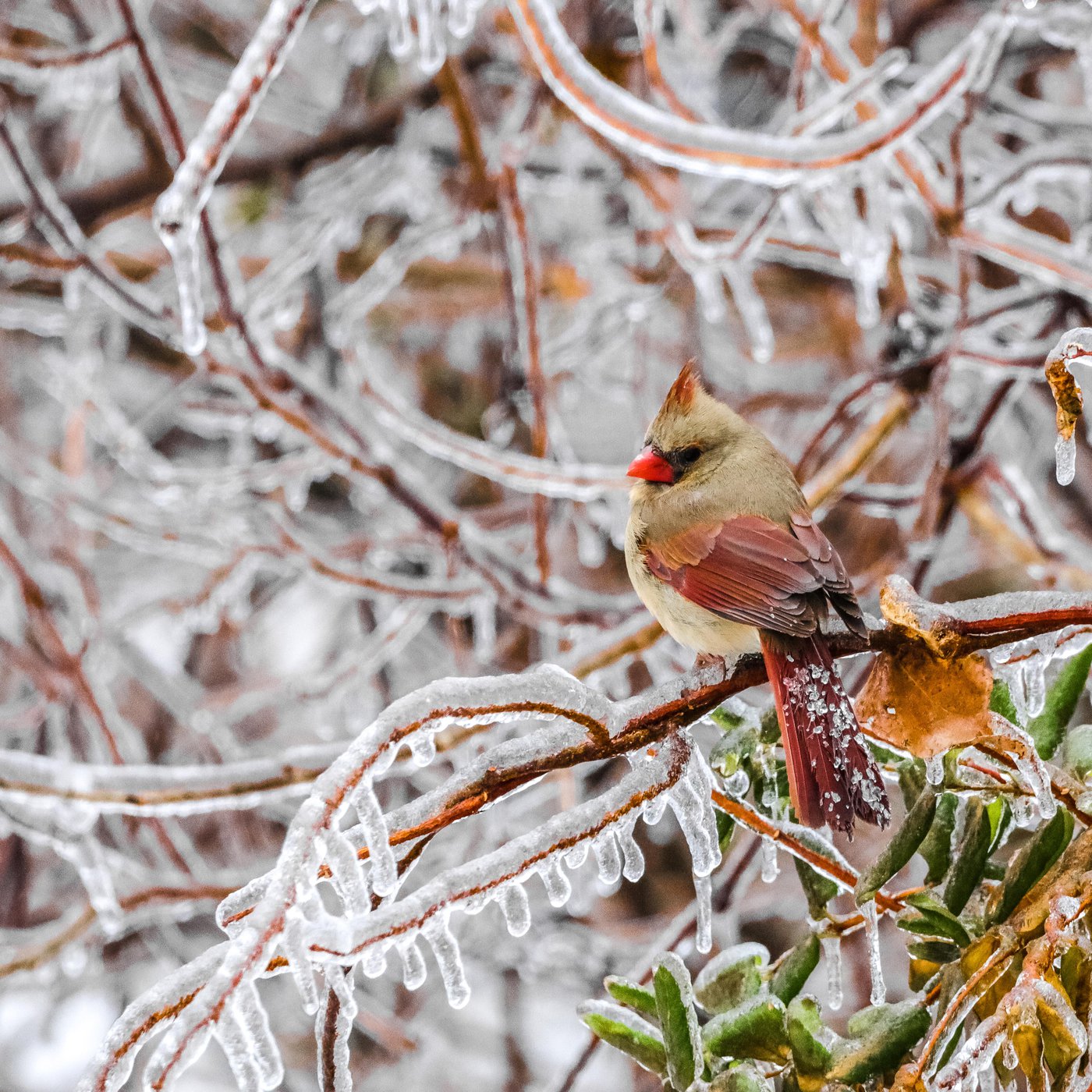
“There’s a third species of cardinal, the Vermillion cardinal, that’s only found in northern South America,” explained Provost. The Vermillion cardinal is a vivid orange-red bird that has a prominent crest.
“Cardinals do exceptionally well in the kinds of habitats that people like, especially when there is enough scrubby vegetation for them to nest in,” Provost says. “They’re good feeder birds, and these are some of the ideas as to why they’ve spread north so fast.”
Cardinals use their color to communicate
Ornithologist Daniel T. Baldassarre is an assistant professor at SUNY Oswego, which is located along the shore of Lake Ontario in upstate New York. He’s a lifelong birder and second-generation ornithologist.
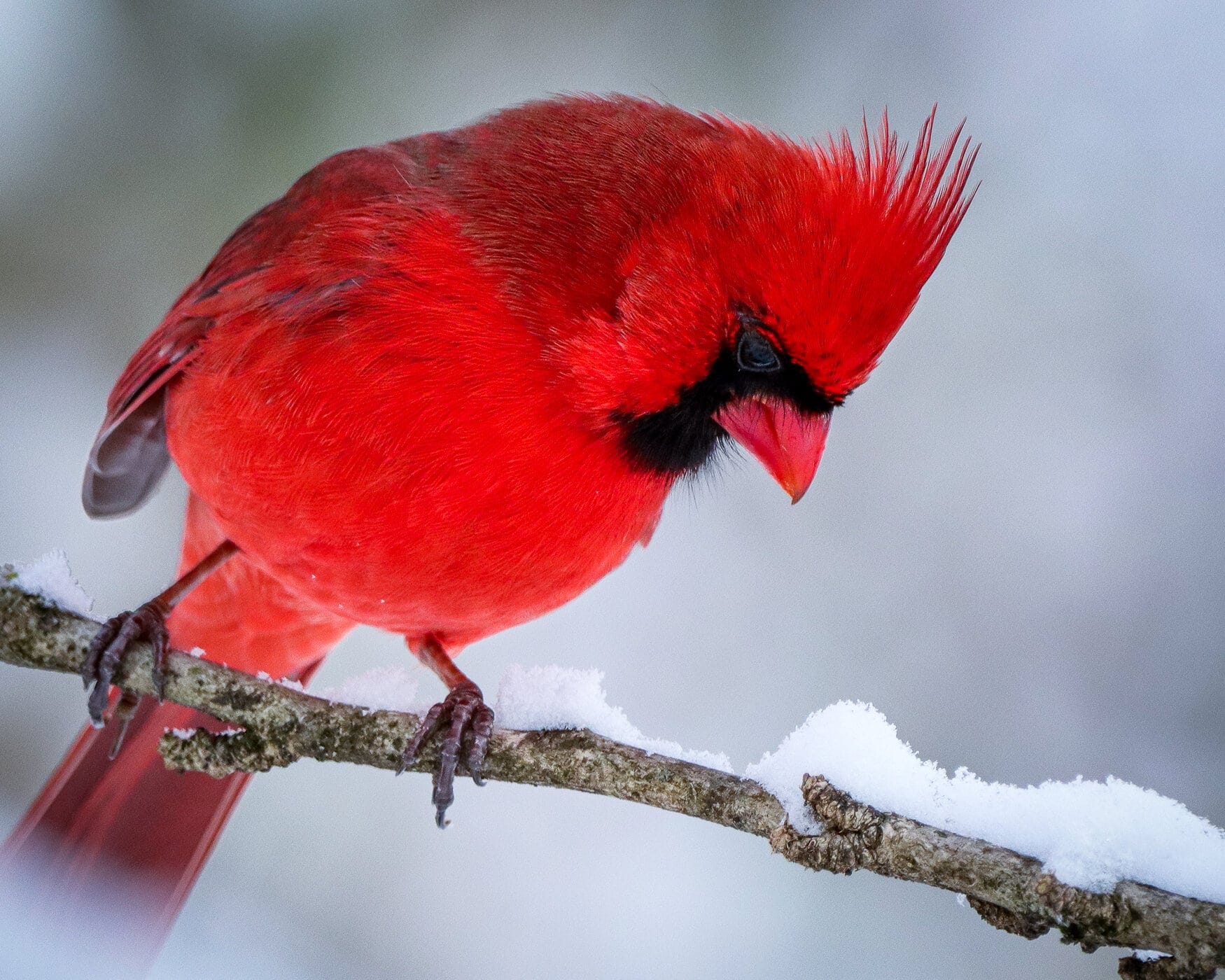
His father studied ducks, focusing on the conservation and management of duck populations. Having grown up in Central New York, Baldassarre is very familiar with Northern cardinals. As part of his research, he and his students have been comparing the ecology, behavior and appearance of Northern cardinals in rural versus urban sites.
Before Baldassarre joined the faculty at Oswego in 2018, he worked on a variety of projects with different bird species all over the world. A unifying theme of his research is the evolution of bird behavior.
“We’re trying to understand how and why birds do the things they do, how they’re shaped by environmental pressures, and what sort of weird behavioral adaptations can arise in birds,” Baldassarre says. “Since I started here at Oswego, my students and I have focused on cardinals because they’re so abundant.”
Baldassarre and his students want to know why Northern cardinals are so successful coexisting with humans when a lot of birds won’t go anywhere near someone’s backyard. They also want to know what sort of things happen to them — do they evolve in a different direction when they’re subjected to the different pressures imposed on them by humans?
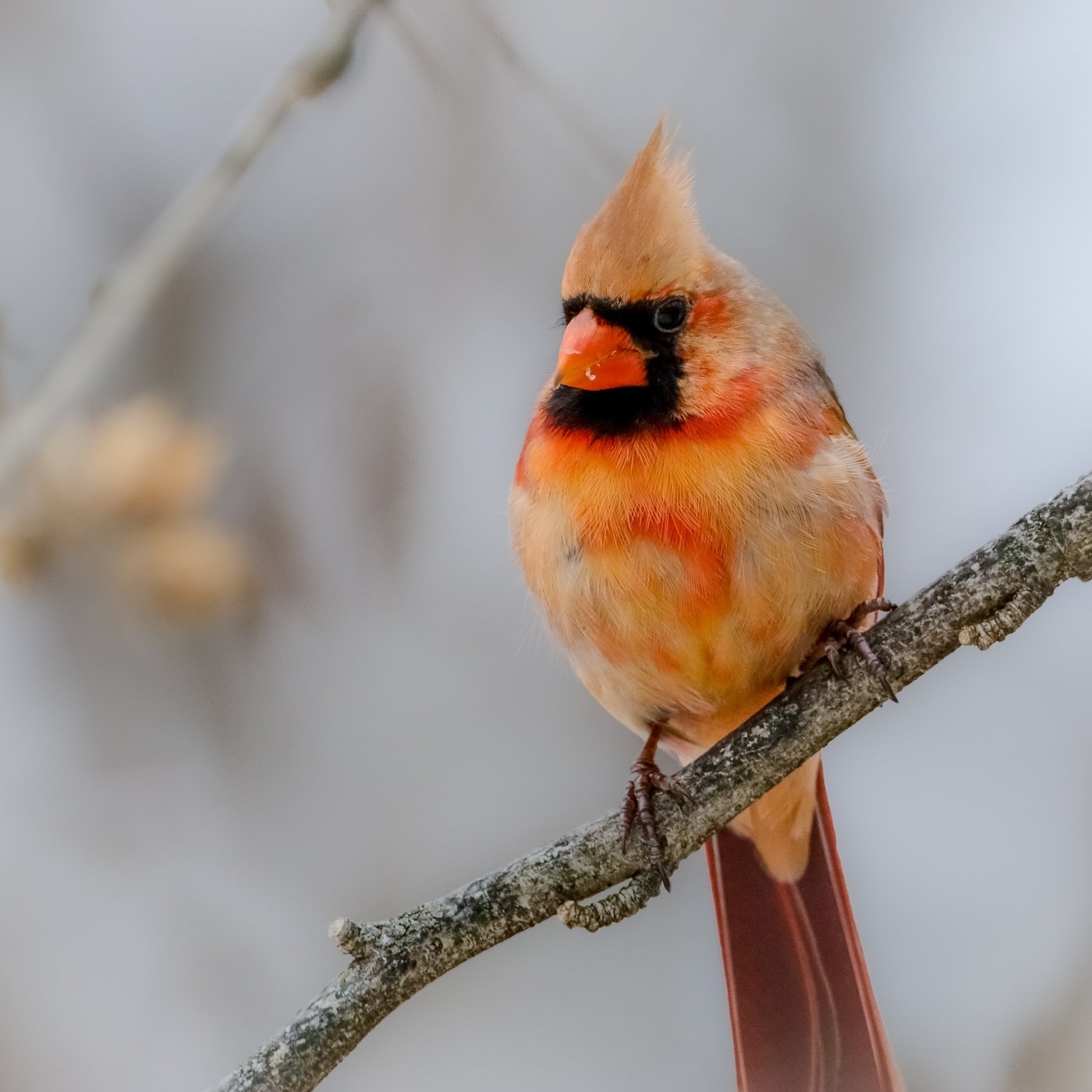
One of the first things Baldassarre and his students learned is that cardinals use their bright color to communicate with each other. “Both males and females are using the color patches beneath their wings as signals to communicate with each other, especially in mating contexts,” Baldassarre says. “They’re saying, ‘I’m healthy,’ ‘I’m a good parent,’ or ‘I have a good territory.'”
Cardinals change color in urban environments
Baldassarre’s research uncovered a novel fact about cardinals: they’re a more vibrant red in cities versus rural areas. “What my students and I have found is that the Northern cardinal’s color actually changes when they move into more urban areas,” Baldassarre says.
He recently published a paper in the Wilson Journal of Ornithology with these findings. That is, in urban areas, both male and female color signals (the patches of red beneath their wings) get enhanced or boosted above what they normally would be in a more rural, isolated area.
“This happens because the color is produced by pigments that they get from their diet like fruits, insects, and berries,” said Baldassarre. “Urban areas are good sources of invasive plants. Things like multiflora rose and honeysuckles tend to take over in disturbed urban areas. Cardinals love to eat them and they have nice red pigments that go into their feathers, giving both males and females an almost artificial boost of color.”
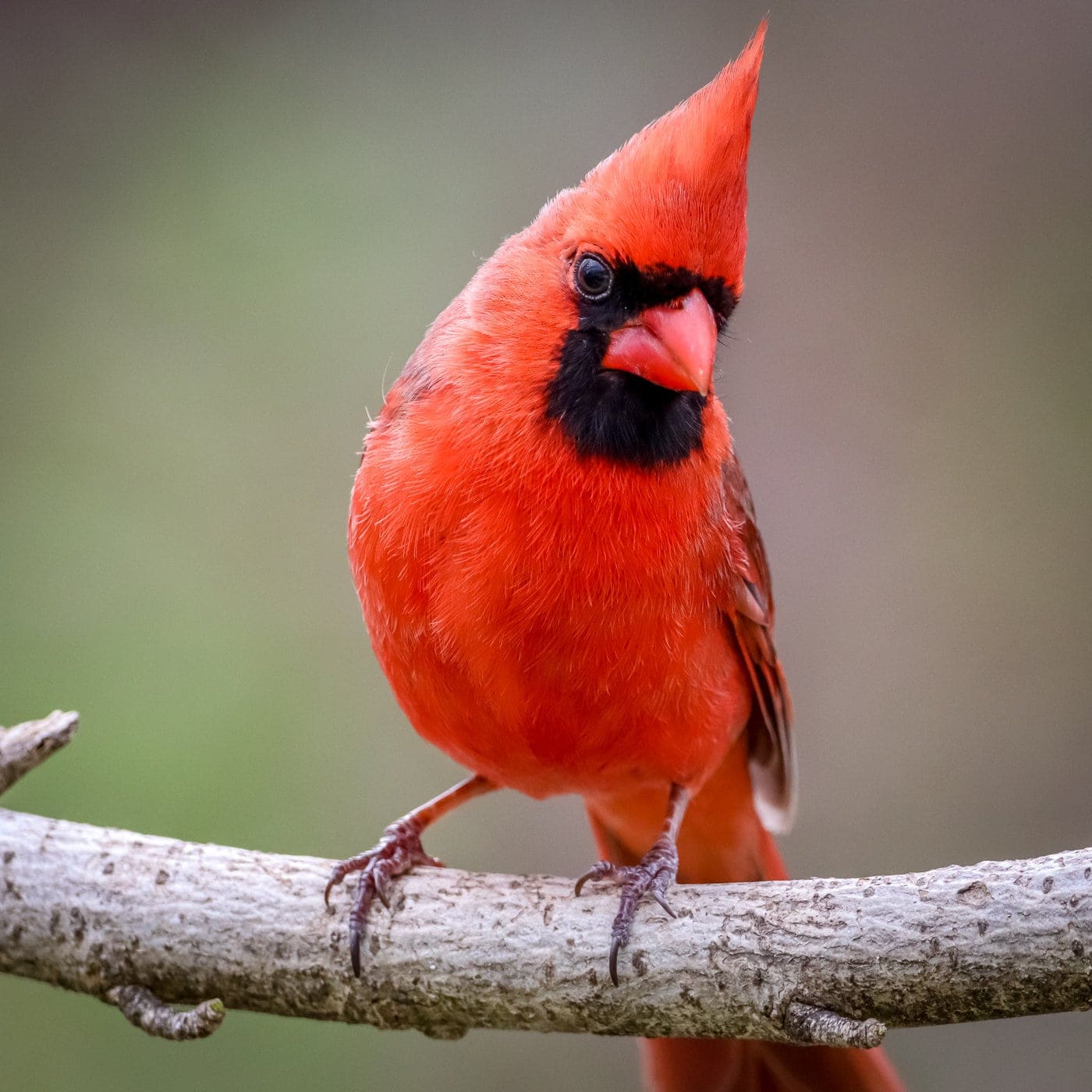
Nobody’s ever recorded a finding like this before. Usually, when birds move into urban areas they’re subject to more pollution and other stressors that can dull or dampen their plumage.
Says Baldassarre: “What we’ve seen is that cardinals in urban areas tend to be more red as opposed to rural areas where their color is a bit more orange. We’ve also found that it affects their bill color. The bills are redder in urban birds. For the females, that cool pinkish red patch that they have under their wings is more saturated. It’s a deeper, more intense color in the urban birds compared to rural birds.”
Again, this is all about communication. One of the reasons cardinals may keep their bright red feathers in the winter when so many other birds (like goldfinches) get drab is they’re using that color to communicate with each other throughout the winter.
A deeper meaning
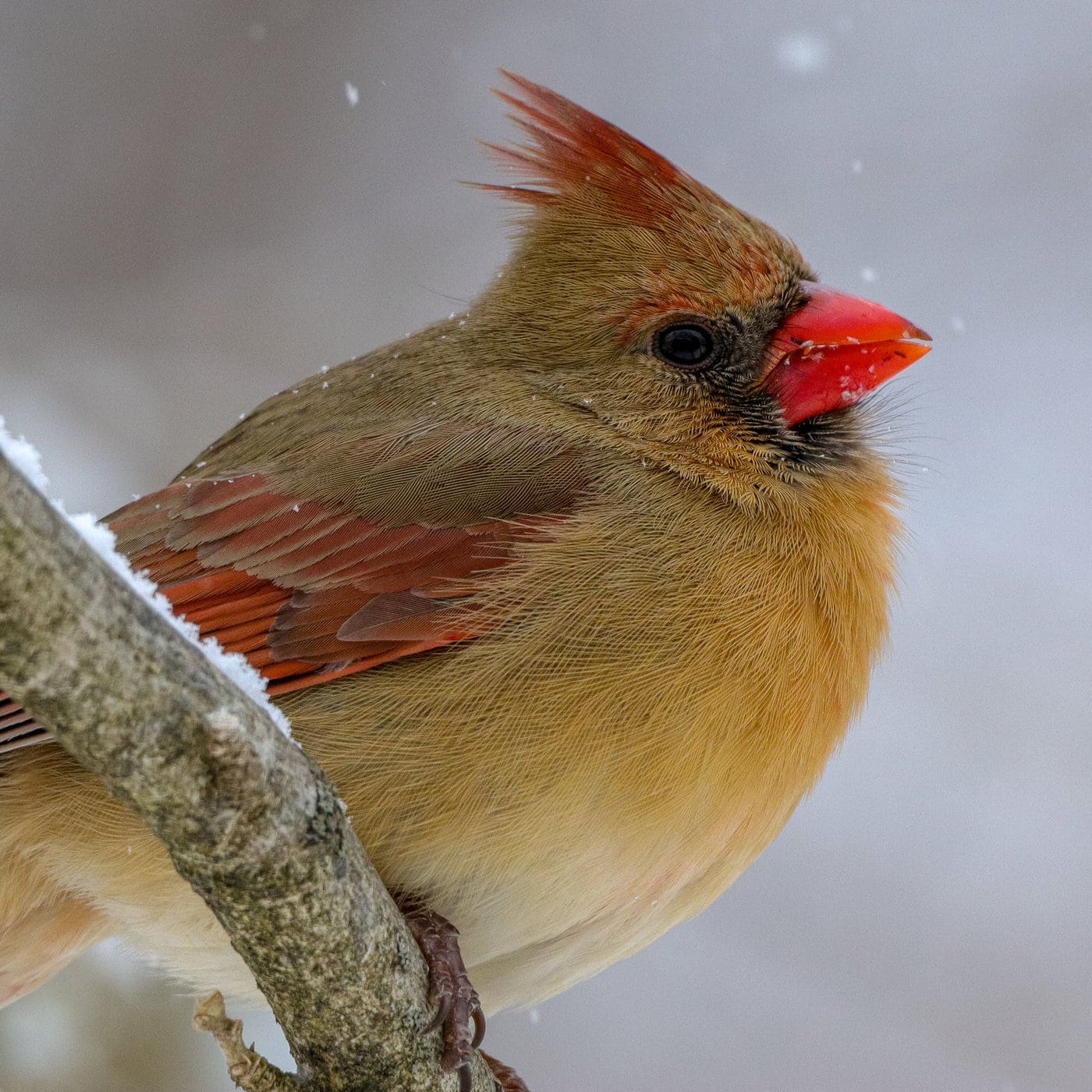
As common as cardinals might sometimes seem, experts regard these redbirds with reverence and respect, acknowledging that while the birds may be plentiful, they hold deep meaning for many people.
“During my master’s work, I spent a solid three years of my life only looking at Northern cardinals and four and a half years looking at their sister species,” Provost says. “I love Northern cardinals in general.”
Adds Baldassarre: “When I tell people what I do, invariably the first thing that comes up is how special cardinals are to them. Someone might tell me they have a cardinal nesting outside of their window and that they take this as a sign that a loved one is looking in on them. One of my favorite things about working with them is that people who might not know much about the scientific side of ornithology still have a very deep meaningful connection with these birds.”


